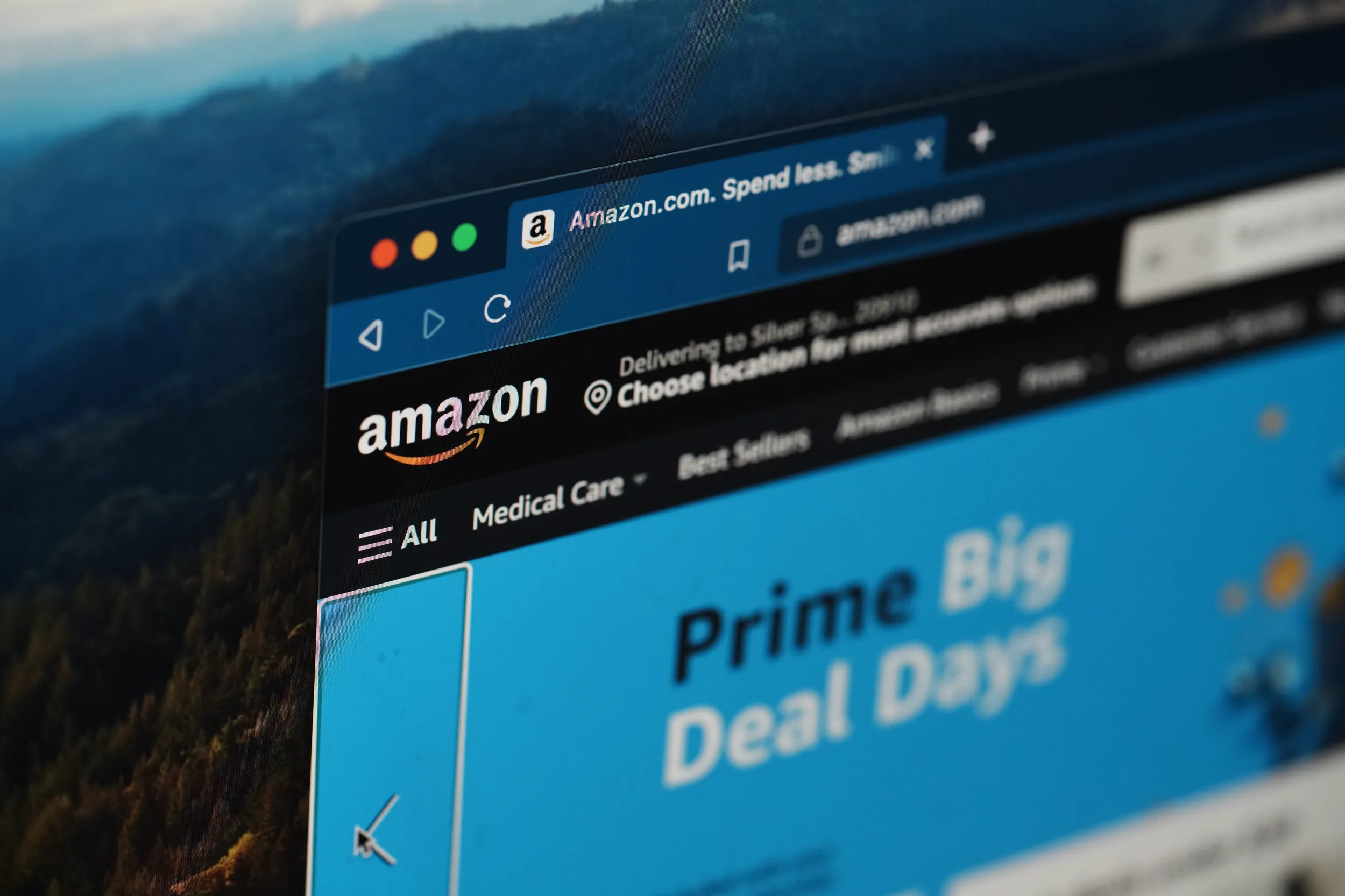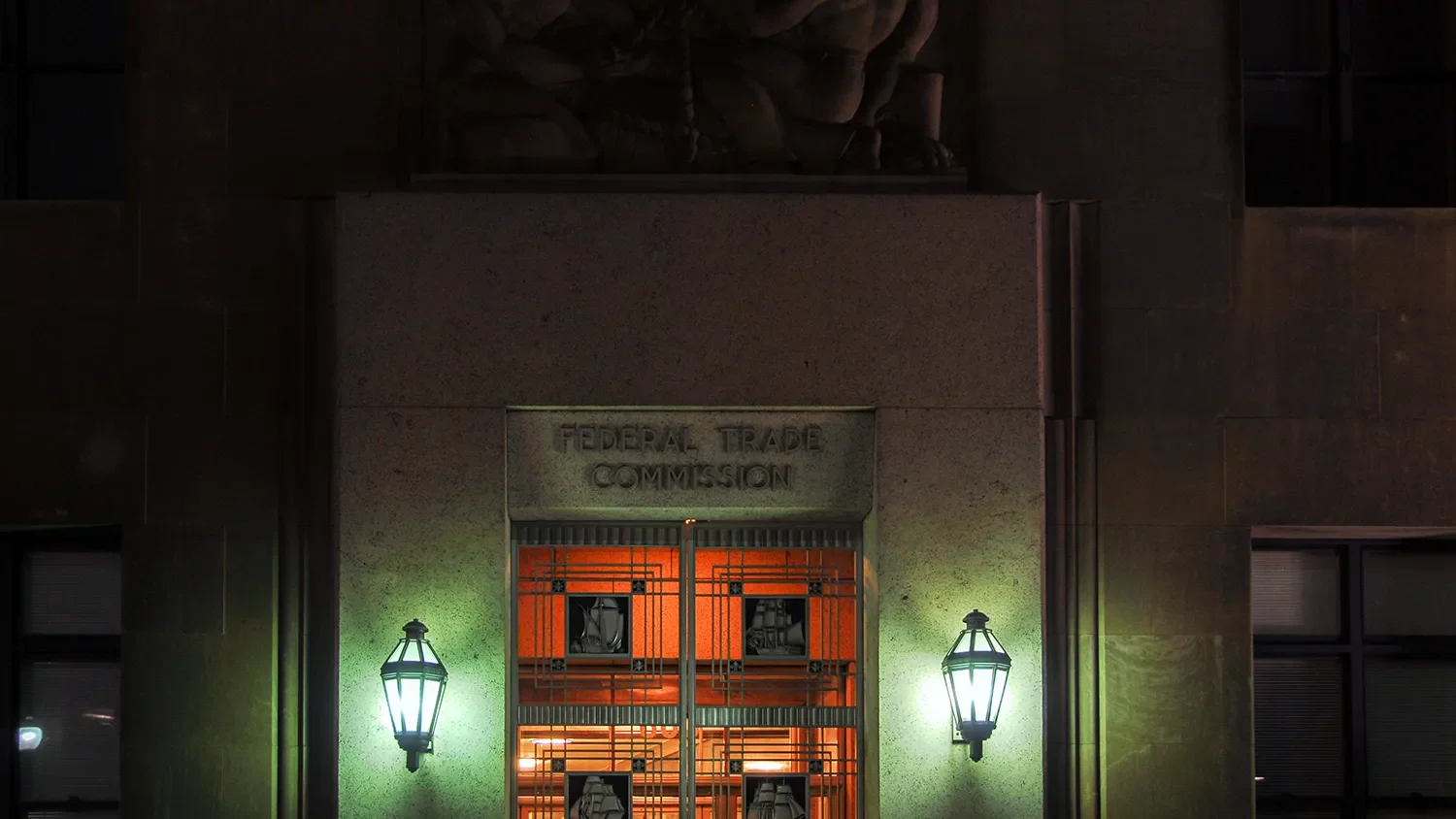The FTC’s 6(b) Study Authority: An Important Tool for Policymakers
On March 20, Politico reported that the Federal Trade Commission (“FTC”) is preparing a 6(b) study on the tech industry based on disclosures from Chairman Joe Simons. Then the FTC announced a study on the privacy practices of broadband providers (this may or may not be the tech industry study Chairman Simons was alluding to). But what is a 6(b) study? What does it do? What kind of impact will it have? To find out we must first take a step back and look at the founding of the FTC.
The FTC was formed under President Woodrow Wilson in 1914, and while some of its functions were duplicative with the DOJ, Congress vested the FTC with unique fact-finding powers to conduct studies and issue reports. This authority makes up what many see as the FTC’s policy mission. These reports are sometimes issued by request of Congress or the administration, but the agency often tackles policy questions on its own initiative and issues reports that recommend changes in its own enforcement strategy or even changes in laws or regulations. This general fact-finding and reporting authority remains a unique feature of the FTC.
Section 6 of the FTC Act spells out the Commission’s additional powers. The most important of these powers, from a policy perspective, are sections 6(b) and 6(f). Section 6(b) gives the FTC broad subpoena power to request information from people, partnerships, and corporations (except for banks, savings and loan institutions). The FTC has used this power to study the practices of specific industries using information requests to selected companies in that industry. These studies can be invaluable for policy research, because of the FTC’s access to non-public information. Section 6(f) gives the FTC authority to publish reports in the public interest, except for any information that is a trade secret, privileged, or confidential.
A good recent example of a 6(b) study is the Patent Assertion Entity Study that began in 2013 and completed in 2016. The FTC sent information requests to Patent Assertion Entities (“PAEs”) and, as a point of comparison, other entities in the wireless communication sector that were not PAEs. A study of this nature requires clearance from the Office of Management and Budget and goes through a notice and comment procedure. The PAE study went through two comment periods, after modifying its first proposed information request due to the feedback it received.
The resulting report provided an interesting new look at the PAE industry. The PAE study provided strong evidence that there were both good and bad actors in the market, and the FTC was able to make recommendations that were likely to discourage bad actors while preserving what it considered to be beneficial licensing. The report continues to be useful for policy-makers and interested parties because of its extensive analysis of non-public information that other researchers cannot obtain.
The FTC has released several reports based on 6(b) studies that have had an impact on policy and market behavior. This impact sometimes come from the industry itself, or from changes due to new laws and regulations. For example, the FTC issued studies in 1999, 2003, and 2008 concerning whether industry self-governing efforts to reduce alcohol advertising and marketing to underage audiences was effective. As a result, members of the industry agreed to changes including: improved voluntary ad placement standards; media buying guidelines for placing ads on radio and TV, in print, and on the Internet; a requirement that suppliers conduct periodic internal audits of past placements; and systems for outside review of compliance complaints.
A 1977 FTC report titled Sales, Promotion and Product Differentiation in Two Prescription Drug Markets led to the repeal of drug antisubstitution laws, which prevented pharmacists from substituting generic drugs in place of a branded drug prescribed. The FTC later published a follow-up report that provided model rules to encourage generic drug substitution, rules that were widely adopted and provide the foundation for much of the generic drug competition we experience today.
FTC studies can also help with their enforcement mission. After several losses in hospital merger challenges, the FTC completed a study of completed hospital mergers. This study identified theories of harm that led to a successful hospital merger enforcement program starting with the FTC’s challenge of Evanston Northwestern Healthcare Corporation’s acquisition of Highland Park Hospital.
Other notable 6(b) past study topics include: marketing of violent media to youth, strategies to delay generic competition, gasoline pricing following hurricane Katrina, hospital merger retrospectives, the debt buying industry, marketing food to children, and the effects of credit-based insurance scoring models on the price and availability of homeowners insurance for minorities.
FTC 6(b) studies remain an important tool for policy-making. I believe it is a good thing that the FTC is using it’s Section 6 authority to help inform our current policy debates. The recently announced broadband privacy study, for example, will provide policymakers with previously unknown information and analysis on precisely where potential consumer harm is happening and where concerns may be unfounded. This will help craft stronger policy directed towards real harms, while avoiding problems with regulating the wrong issues.








